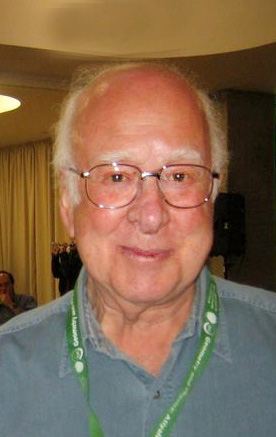It is said that music has a much more precise vocabulary for describing its objects than any other art. This allows us to talk scientifically about it. Although there is a vigorous body of research and theorizing about sociological and philosophical aspects of music, there is also a lot of scientific or quasi-scientific talk about its structure, its inner workings, and its effects on us.
Pitch, rhythm, and form are three examples of the parts that make up music. The relationship between these three is particularly interesting. Among them, form is least familiar to a general audience. This is the long-range structural relationships between different parts of a piece – the repetitions of sections and the relations of keys or recurring melodic material.
In pop songs, this typically involves an uninteresting alternation between verse and refrain, so it’s not something we talk about much. It’s much more interesting in connection with highly composed classical music, especially half-hour symphonic movements of the Brucknerian variety.
Rhythm is much more familiar. It involves short-term relations of duration and recurrence, and is possibly the most basic feature of music. We can talk about music without pitch–pieces like Steve Reich’s Clapping Music are good examples–but it is absurd to talk about music without rhythm.
The definition of pitch is harder to intuit. We talk about the highness or lowness of a note, but what does that actually consist in? Acoustically speaking, the pitch of a note is defined by its frequency. Frequency is measured in Hertz: one Hertz means one cycle per second. If something happens at a frequency of five Hertz, it happens, with exact regularity, five times each second.
All sound is caused by vibrations in a medium–which for most everyday purposes is air–and pitched sounds are ones in which these vibrations recur at a precise rate. If there are 440 vibrations each second (440 Hertz), then you will hear a pitch: the concert A that most orchestras tune to.
Astute readers may have already noticed a connection between these three phenomena of pitch, rhythm, and form. They all deal with the recurrence of sonic events in time. Form takes place over the space of minutes or hours, rhythm takes place over seconds, and pitch over fractions of a second. In other words, they are not three separate phenomena but one single phenomenon observed at different time scales.
What I have just demonstrated is scientific reductionism: explaining large-scale phenomena in terms of small-scale ones, and showing that surface-level phenomena that appear different and unrelated are often governed by the same rules. While scientific reductionism is not a perfect way of explaining the world, it does often yield surprising results. For example, the upshot of Antoine Lavoisier’s experiments with combustion and with human respiration is that, at a basic chemical level, breathing and striking a match are the same process.
Keeping that in mind, a few of us on staff here at the Manitoban have put together a feature on the science of music – a fascinating topic approachable from many directions. I spoke with a U of M professor who is at the forefront of developing new ways of creating and thinking about music. Katerina Tefft and Elizabeth Drewnik both take a look at the effect of music on the brain – an idea that goes back as far as Plato. Anastasia Chipelski investigates silence, a crucial component of music. Quinn Richert shows us another way music and science can illuminate each other.





